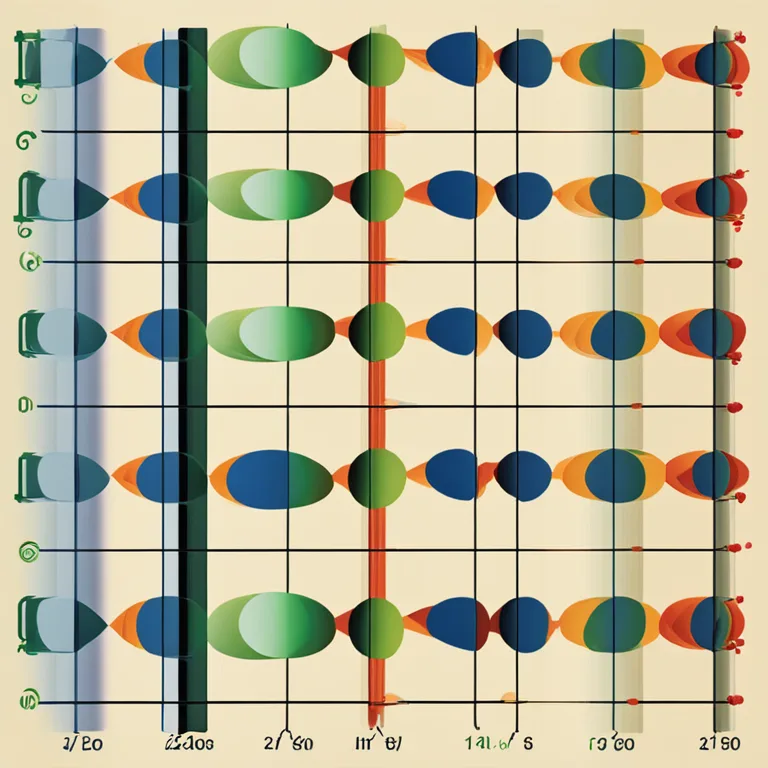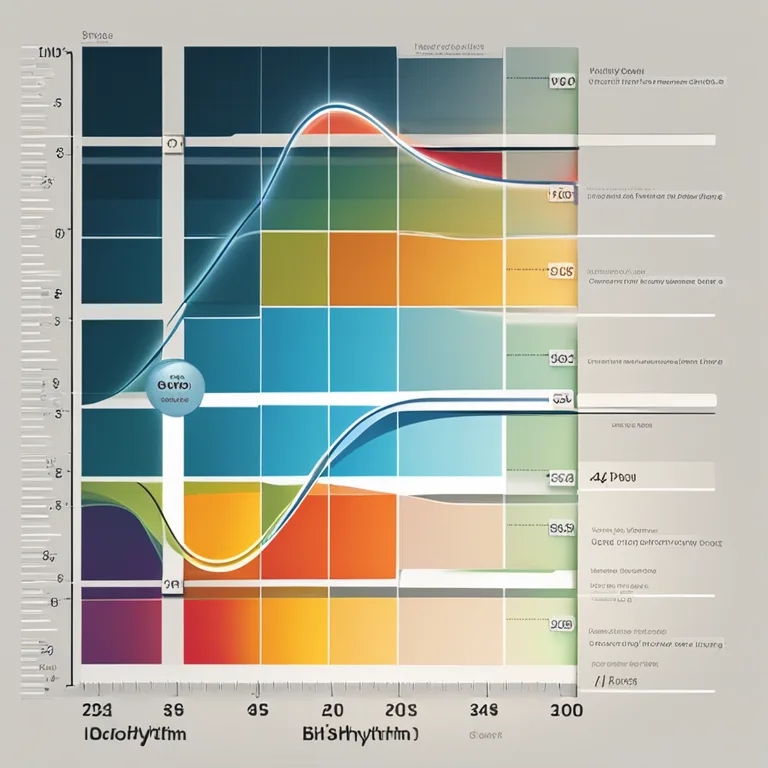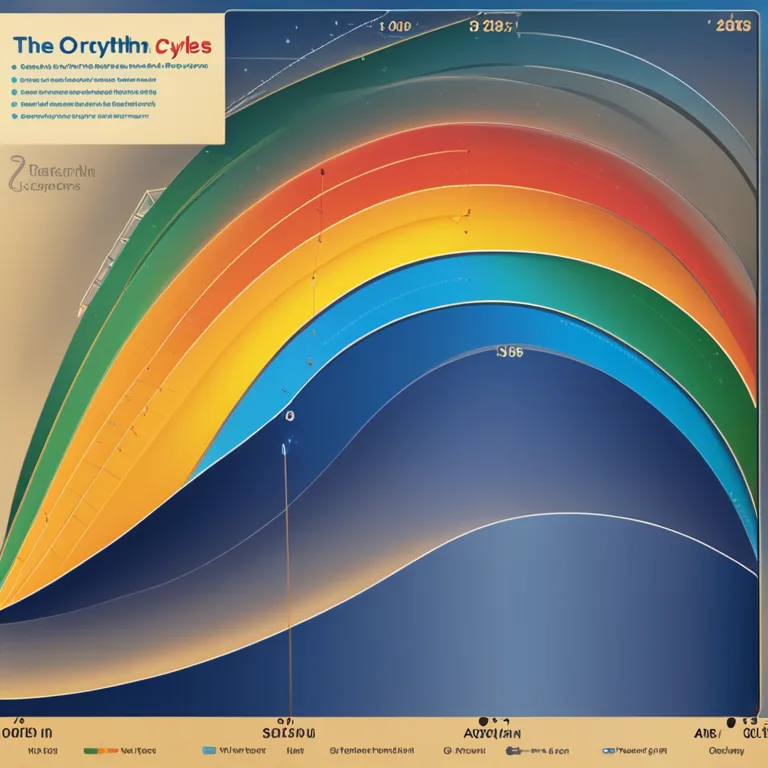
The Essence of Biorhythm Charts
Discover how biorhythm charts offer insights into your physical, emotional, and intellectual cycles, guiding you towards better daily living.
article by Adrian Wallace
Introduction to Biorhythms
In an increasingly complex world, we often seek tools that can provide insights into our personal well-being. Biorhythms, an intriguing concept from the world of holistic health, purport to do just that. Biorhythms are hypothetical cycles that suggest there’s an intrinsic pattern to our physical, emotional, and intellectual energies. A biorhythm chart visualizes these patterns, potentially helping you align your activities with your natural rhythms. To understand the origins of this concept, we travel back to the late 19th century when the idea was first postulated by Dr. Wilhelm Fliess.

The Three Core Cycles
A biorhythm chart typically tracks three primary cycles: the Physical (23 days), Emotional (28 days), and Intellectual (33 days) cycles. These cycles commence from your birth and continue to ebb and flow in distinct sine wave patterns. The theory posits that we can predict the critical days of each cycle, which are points of transition from high to low states, or vice versa. By understanding the interplay between these cycles, one could potentially anticipate periods of high performance or vulnerability.

Modern Usage of Biorhythm Charts
Like many holistic concepts, the use of biorhythm charts has modernized with technology. Nowadays, you can generate personalized charts with just a few clicks on dedicated websites or apps. Enthusiasts claim that such charts can be beneficial in planning activities, such as important meetings, physical activities or simply managing day-to-day stress. While it's important to note that the scientific community remains skeptical about the empirical basis of biorhythms, the concept has a growing community of followers in 2024.

Interpreting the Chart
Interpreting a biorhythm chart requires observing the position of each cycle's curve relative to a central baseline—the zero point. Days when a cycle is above this line are considered positive or 'high' phases, potentially bringing increased capabilities in that area. Conversely, when a cycle dips below, it's deemed a 'low' phase, suggesting reduced efficiencies. The intersections where the curve crosses the baseline are critical days, usually viewed with caution for increased instability or risk.

How to Use Biorhythm Insights
While no scientific research confirms the validity of biorhythm charts, followers take the insights as advisory. As with most holistic approaches, the emphasis is on personal experience. Users are encouraged to track their performance and emotions in tandem with their biorhythm charts to potentially identify patterns. Doing so, they might find a way to better plan their activities, or at least become more aware of their personal tendencies and rhythms.
Critical Perspectives
As of 2024, it's crucial to approach biorhythm charts with a critical eye. The scientific skepticism surrounding this concept is due to the lack of reproducible evidence. Many consider biorhythms a pseudoscience, much like astrology. Still, for those interested in personal growth and self-analysis, these charts provide another lens through which to view their daily lives. As ever, balance and common sense should guide the use of any such holistic tool.
Published: 12/28/2023
Modified: 12/28/2023
More predictions
Come back here soon to learn more about yourself and your future


The Reality Of Biorhythm Compatibility
Unravel the truth behind biorhythm compatibility and its role in personal relationships and daily life.


Biorhythm Wheel: Unlocking The Secrets
Explore the intriguing world of the biorhythm wheel to understand your physical, emotional, and intellectual cycles for enhanced well-being.


Biorhythm Theory: Fact Or Fallacy?
Explore the fascinating concept of biorhythms to discern if there's any scientific accuracy behind this popular belief.